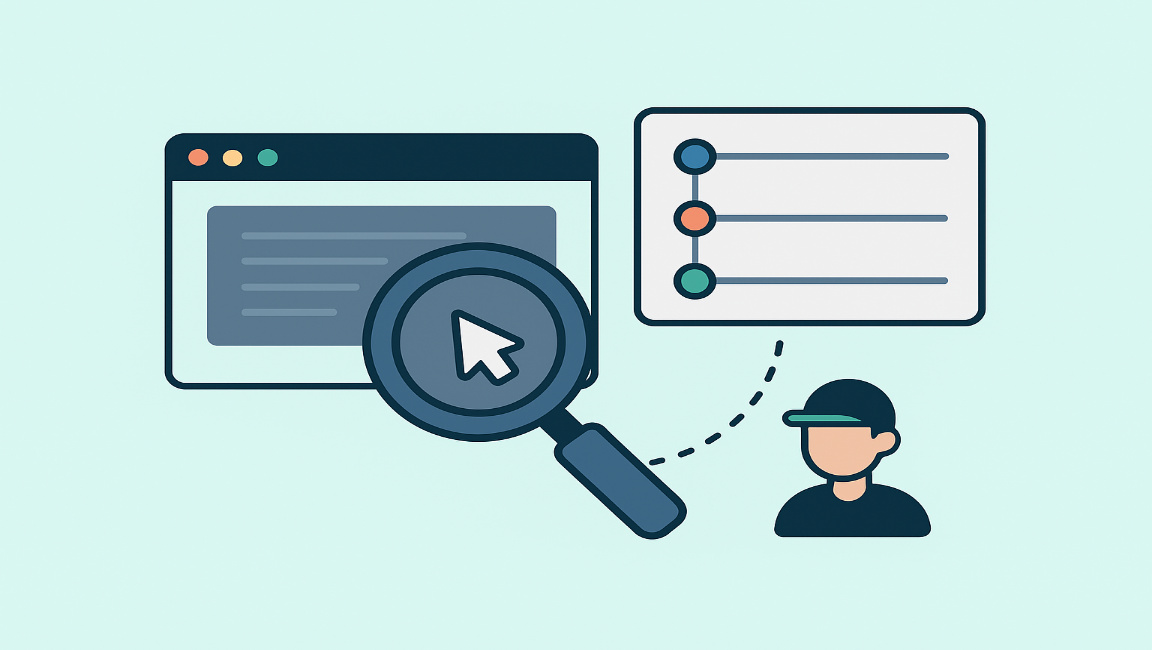Table of content
SHARE THIS ARTICLE
Is this blog hitting the mark?
Contact Us
Table of Contents
- Why AI Testing Is Different
- The Core Challenges
- Three Pillars of Testing AI
- Chatbots vs. Other AI Applications
- Frameworks and Methods That Work
- Tools and Platforms
- Wrapping Up
When we talk about testing AI applications, we can’t pretend it’s the same as testing a normal app. In traditional systems, logic is fixed. You know what the code will do, and if it breaks, you know where to look. But with AI, you’re not just testing rules — you’re testing behavior. And behavior changes.
AI doesn’t just “fail” in the old way. It adapts, it drifts, it surprises. That’s why the way we test has to change too. Let’s break it down.
Why AI Testing Is Different
AI is non-deterministic. The same input can produce different outputs depending on training data, model weights, and context. That means:
- You can’t rely only on fixed expected outputs.
- Data quality is as important as code quality.
- Continuous monitoring matters more than one-time validation.
If you ignore this, you’re just treating AI like a normal app — and you’ll miss where it really fails.
The Core Challenges
- Data Dependency – If your data is biased, incomplete, or messy, your model is broken before it even runs.
- Model Drift – Models age. They lose accuracy as the world changes. If you don’t re-validate, you’re shipping a time bomb.
- Explainability – Black-box models are tough to debug. Without explainability, you can’t trust the outputs.
- Scalability – AI has to work across unpredictable loads. Performance testing here is non-negotiable.
Three Pillars of Testing AI
1. Data-Centric Testing
Check the foundation first:
- Validate for missing values, outliers, and anomalies.
- Detect bias using fairness metrics.
- Stress with augmented or adversarial data to test edge cases.
2. Model-Centric Testing
This is where you check the brain:
- Accuracy, recall, F1 — across multiple datasets.
- Metamorphic testing: tweak inputs, see if relationships still hold.
- Robustness against noise and adversarial inputs.
- Use SHAP or LIME to validate decisions.
3. Deployment-Centric Testing
Finally, check the real world:
- Scale testing under load.
- Latency testing for real-time use cases.
- Security and access control validation.
- A/B testing with different models in production.
Also Read: Kane AI vs Selenium: Can AI Replace Traditional Test Automation Tools?
Chatbots vs. Other AI Applications
Chatbots
Chatbots are a different beast because they deal directly with people. You need to test for:
- Multi-turn context handling.
- Intent recognition with slang, typos, and multiple languages.
- Edge cases like offensive content, ambiguous queries.
- User experience — tone, fallback, escalation to human.
Other AI
- Predictive Models – Focus on accuracy, drift detection, ROI.
- Computer Vision – Accuracy under lighting, angles, real-time video.
- Recommendation Engines – Relevance, diversity, cold-start handling.
Frameworks and Methods That Work
- Unit testing pipelines, feature extractors, and APIs.
- Integration testing across data flow, databases, and UI.
- Performance and load testing — inference speed, concurrent users, GPU/CPU consumption.
Advanced Techniques
- Adversarial testing: deliberately craft inputs to break the model.
- Ethical and bias testing: measure fairness, ensure compliance (GDPR, HIPAA).
- Transparency testing: validate explainability for stakeholders.
Best Practices
- Define clear metrics (accuracy, latency, business KPIs).
- Set up continuous testing with CI/CD and monitoring.
- Keep human oversight for context and ethics.
- Use realistic, diverse data for testing.
Also Read: Dynamic Class Loading for Page Objects in Playwright Automation
Tools and Platforms
AI Testing Frameworks
- ACCELQ Autopilot : AI-powered test generation.
- TensorFlow Extended (TFX) : pipeline validation.
- MLflow : model versioning and monitoring.
Testing Platforms
- BrowserStack — chatbot cross-platform validation.
- TestRigor — plain English test case creation.
- QAble Test Automation Solutions — We don’t just throw tools at the problem. We’ve built a framework that accelerates test automation in a way most teams can’t achieve on their own. Using our in-house stack — BetterBugs for intelligent bug reporting, combined with Playwright, Selenium, and Cypress — we help you stand up a stable, maintainable regression automation suite within just 8 weeks.
Where AI Testing Is Heading
- Autonomous Testing Agents – AI testing AI, end-to-end.
- AI-powered test generation – less manual effort, more coverage.
- Continuous learning in testing – frameworks that evolve as models evolve.
Also Read: Playwright Testing Framework from Scratch: Folder Structure, Config, and Best Practices
Wrapping Up
AI testing is not about stretching old testing methods. It’s about rewriting the playbook.
Chatbots? You test conversations, context, and tone. Predictive models? You test accuracy, drift, and ROI. Computer vision? You test images in the wild. Recommendation engines? You test relevance and fairness.
The common thread is this: AI is unpredictable. Testing it means validating the data, the model, and the deployment — continuously.
Do it right, and your AI systems will be reliable, fair, and trusted. Do it wrong, and you’ll ship surprises no one wants.
Discover More About QA Services
sales@qable.ioDelve deeper into the world of quality assurance (QA) services tailored to your industry needs. Have questions? We're here to listen and provide expert insights


Viral Patel is the Co-founder of QAble, delivering advanced test automation solutions with a focus on quality and speed. He specializes in modern frameworks like Playwright, Selenium, and Appium, helping teams accelerate testing and ensure flawless application performance.
.svg)














.webp)
.webp)
.png)
.png)











.png)



.png)

.png)

.png)


















.webp)

